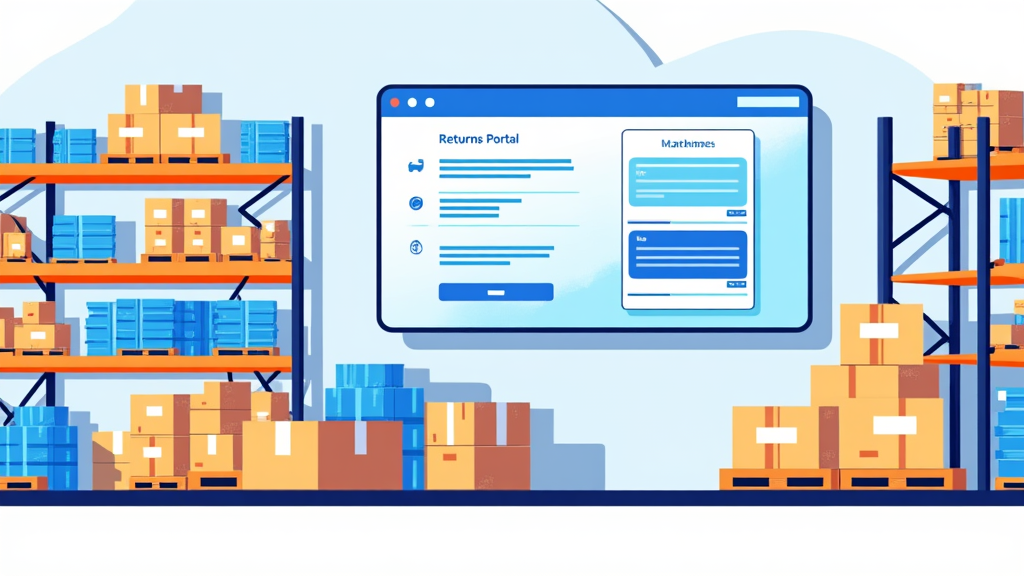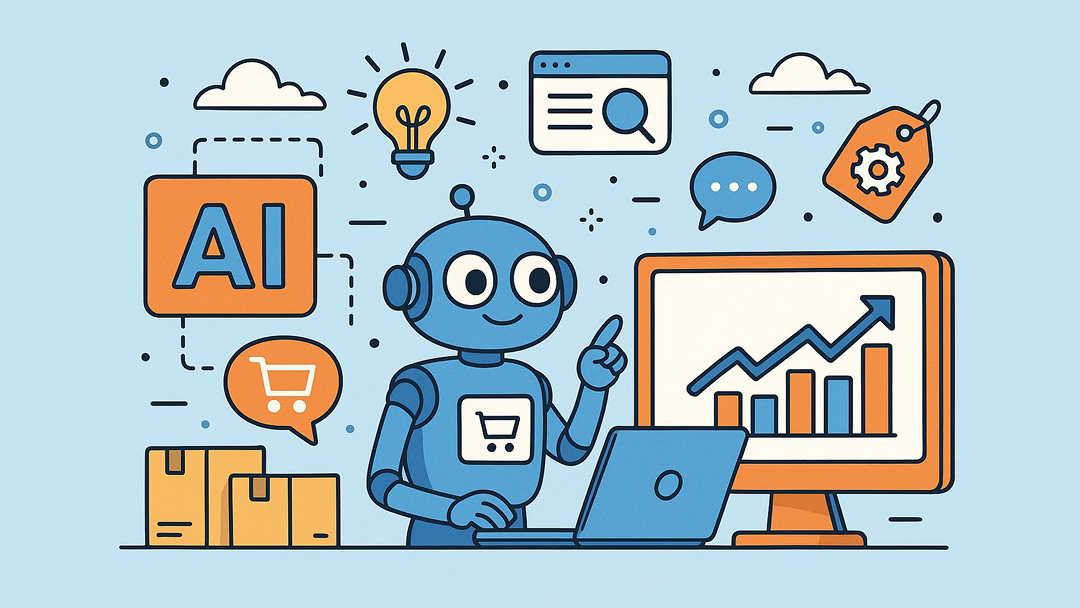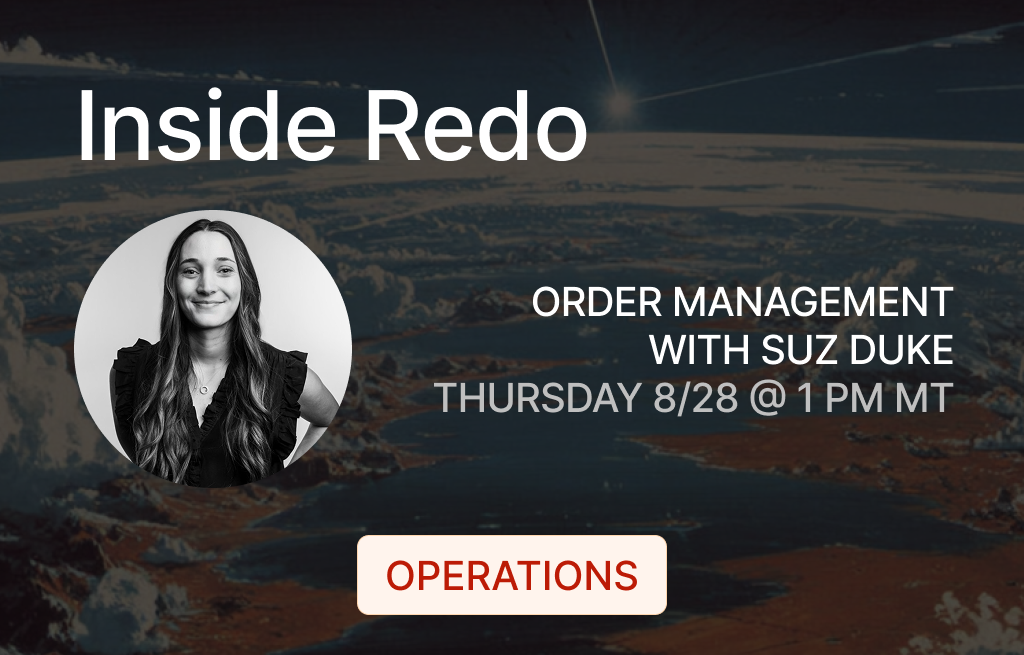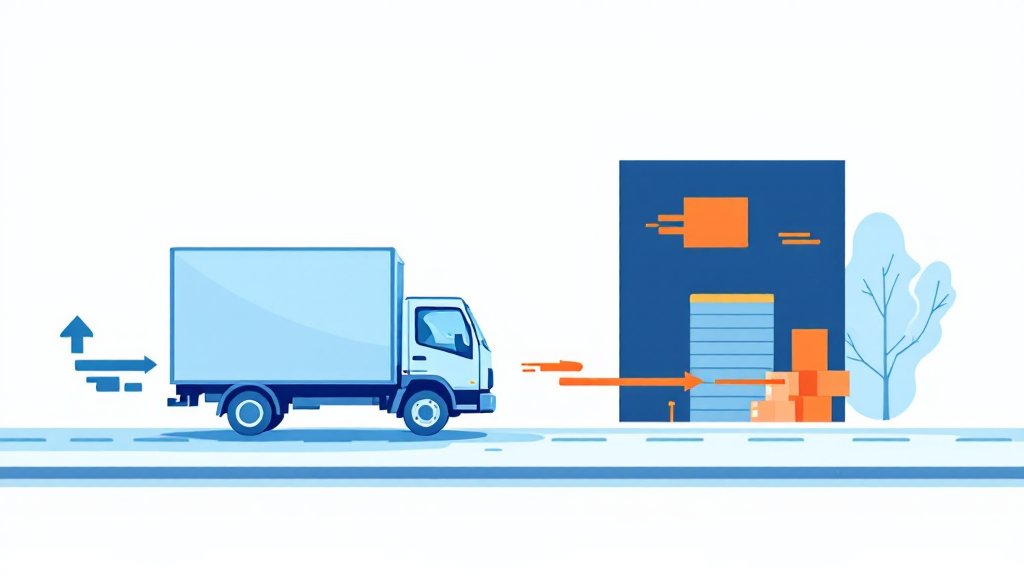The 5 Phases of the Buying Process (and Why the Last One Drives Loyalty)

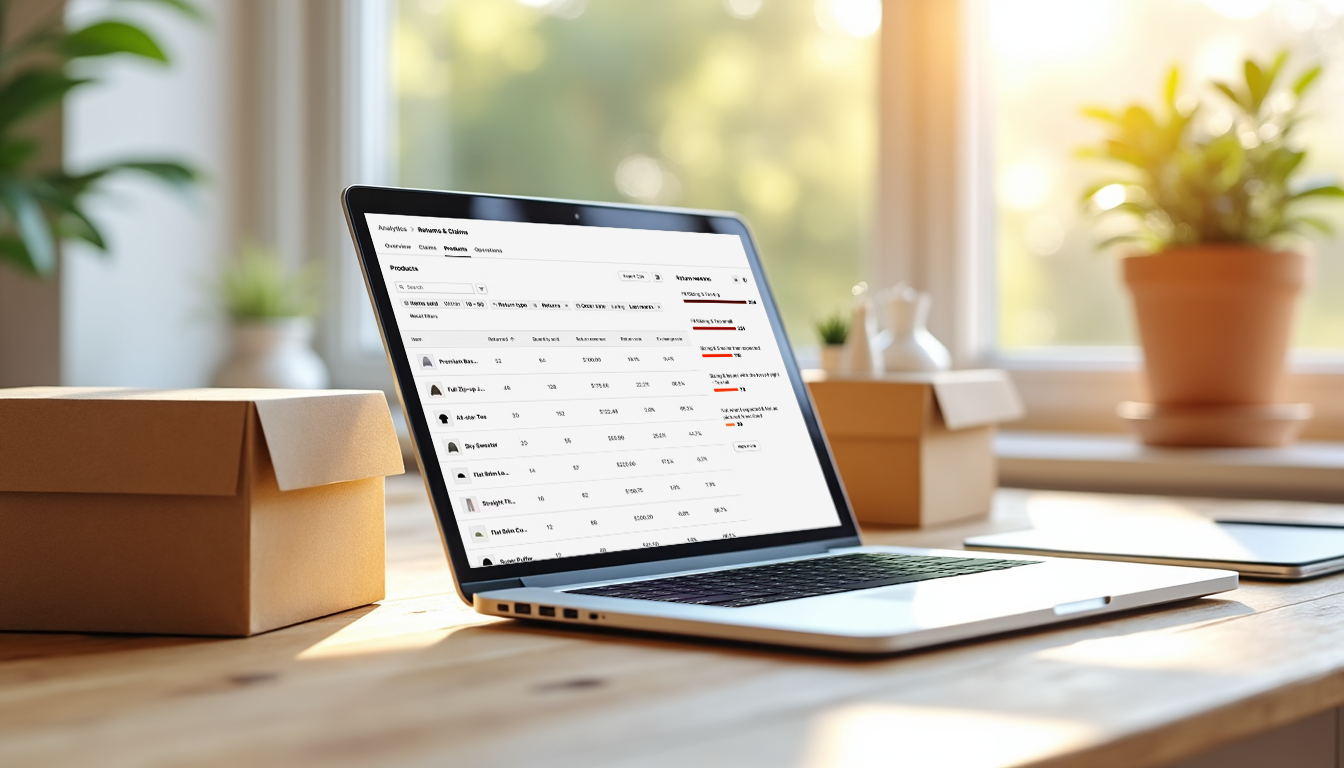
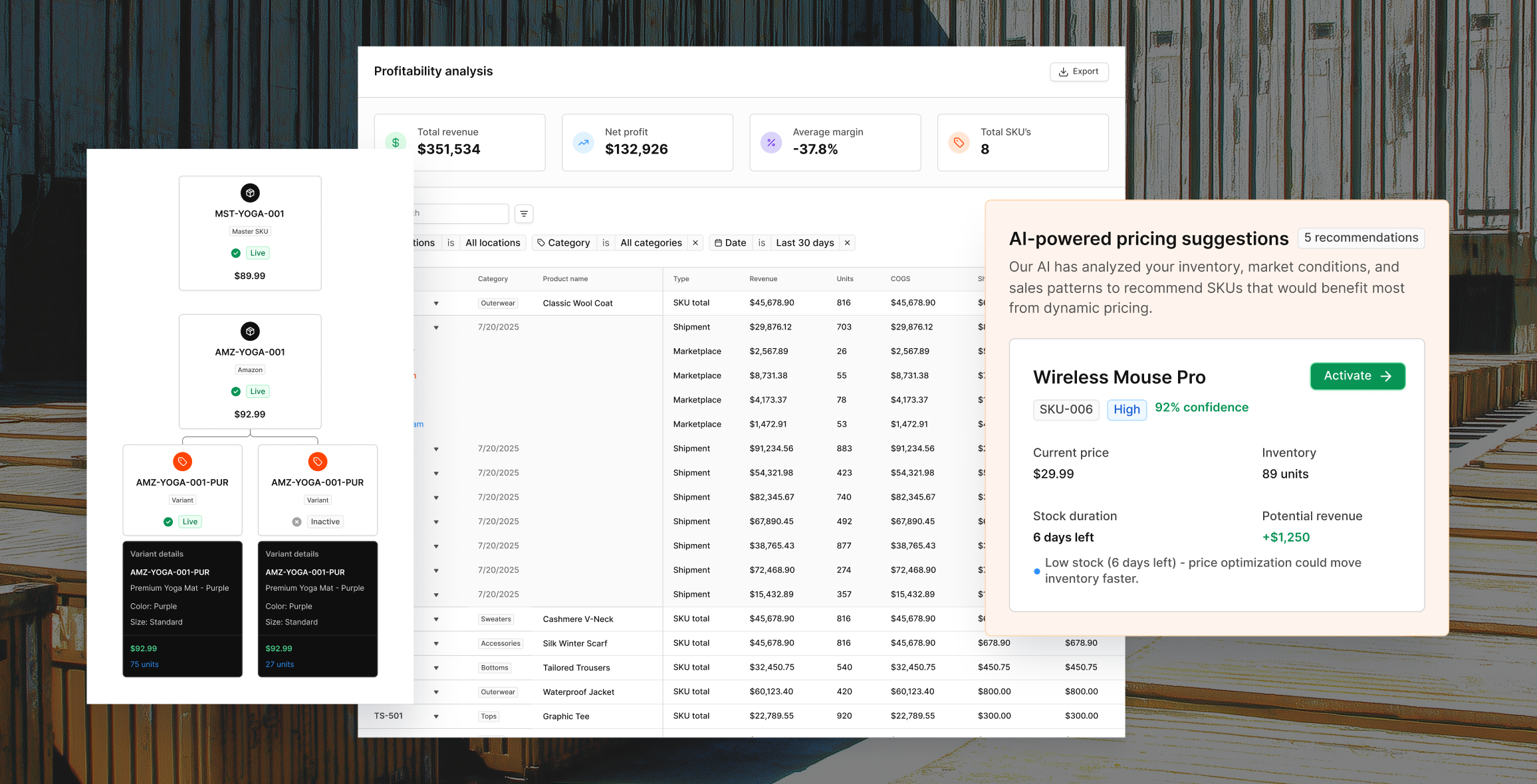
Request A Demo
Take 30 minutes to see how Redo can help you retain more revenue through a more cohesive post-purchase experience for your buyers.
This playbook is written for ecommerce teams across marketing, growth, operations, and customer experience to align their work around the full customer journey.
Most teams obsess over the moment of conversion.
Teams that grow faster treat conversion as one step in a larger system.
Modern ecommerce is a chain of decisions that starts with a need and ends with a choice to buy again. If you understand what each phase is trying to accomplish, you can design the next move with clarity. The final phase matters most, because it tells you whether the relationship is getting stronger or weaker.
This article is a process playbook you can hand to your marketing, product, and CX teams. Use it to align goals, assign owners, and measure the right outcomes at each step.
Phase 1: Problem Recognition
A customer notices a gap. Shoes wear out. Skin feels dry. A blender breaks.
Your job is to help them frame the problem before you ever pitch a solution.
Team moves:
- Publish educational content, short primers, and quizzes that clarify the problem and name the stakes.
- Show life before and after solving it with simple stories, not hero claims.
- Map the top three problems to specific landing pages and make them indexable.
Owner: Content and paid social
Checkpoint: Can a new visitor describe their problem in your words within one minute?
Phase 2: Information Search
Shoppers collect evidence. They look for who to trust and what to consider.
You win this phase by being the most useful source in the room.
Team moves:
- Build comparison pages that are honest and skimmable.
- Add real customer usage details, not just specs.
- Align SEO to intent patterns such as “best for,” “how to choose,” and “is it worth it.”
- Use Redo Email and Redo SMS to reach both new and existing audiences with personalized content. By uploading subscriber lists or customer databases, teams can send campaigns that highlight specific products, learning resources, or seasonal offers tailored to each shopper’s interest.
Owner: SEO and product marketing
Checkpoint: Are you helping customers find clear, useful answers wherever they look? On your site, in search, or through your campaigns?
Phase 3: Evaluation of Alternatives
Customers weigh trade-offs in price, quality, convenience, and brand trust.
Small details make big differences here.
Team moves:
- Place ratings, reviews, and FAQs next to primary calls to action.
- State shipping timelines plainly.
- Explain returns and exchanges in one clear block of copy so there are no surprises.
- Reinforce confidence through Redo’s visible return options and transparent policy messaging that sets expectations early.
Owner: Product page and CRO
Checkpoint: Can a shopper easily find your return and warranty policy on mobile?
Phase 4: Purchase Decision
The commitment happens here. The wrong friction can undo the last three phases.
Treat checkout like a product, not a form.
Team moves:
- Use express payments and keep the number of fields low.
- Confirm shipping expectations and support options before payment.
- Send a confirmation that feels like a welcome, not a receipt.
- Highlight flexible post-purchase options, such as easy exchanges or store credit, to give customers confidence before they buy.
Owner: Growth engineering and CX
Checkpoint: Mobile checkout completion rate and time to complete on a 4G connection.
Phase 5: Post-Purchase Behavior
This is where expectations meet experience.
Customers decide whether to keep, exchange, return, review, or buy again.
Why this phase drives loyalty:
- A clear resolution path builds trust faster than a discount ever will.
- Recovery from small issues is a stronger signal of reliability than perfection.
- Data from this phase explains repeat revenue, advocacy, and product gaps.
How Redo supports this phase:
- Branded return and exchange portals that reduce support tickets and make policies transparent.
- Exchange-first workflows that keep customers shopping by offering swaps or store credit before refunds.
- Instant credit that lets customers reorder immediately instead of waiting for refund processing.
- Analytics and insights that surface return reasons, customer sentiment, and SKU-level trends across teams.
- Order Tracking, Email, and SMS that keep customers connected after checkout. Branded tracking pages reduce uncertainty, while personalized messages deliver updates, product tips, and relevant offers that reinforce trust and drive repeat purchases.
Post-purchase is not only a place to fix problems. It is where you prove the brand promise and earn long-term loyalty.
Why the Last Phase Decides Growth
The first four phases set a story. The fifth phase tells you if customers believe it.
When people feel supported after the buy, they are more likely to reorder, recommend, and forgive small delays. When the experience drags, even a great product becomes forgettable.
Most teams overspend on acquisition and underspend on resolution. Shifting even a small percentage of effort into the fifth phase lifts lifetime value without raising ad spend.
Measuring What Matters: How Redo Closes the Data Loop
Every phase of the buying process creates data, but most brands only analyze the first four. Redo gives teams visibility into what happens after checkout and connects that data back to operations, marketing, and support.
By centralizing post-purchase metrics into a unified customer record, brands can make decisions based on complete context instead of isolated reports.
This 360-degree visibility turns return data into customer intelligence.
Marketing learns which offers actually drive retention. Operations see which SKUs or policies cause returns. Support identifies friction before it becomes churn.
With these insights, Redo doesn’t just automate returns, it gives every team the context to improve their phase of the customer journey.
How to Strengthen Each Phase (and Where Redo Fits In)
The result is a complete view of the customer experience, one that is informed by data and guided by empathy.
Who Owns What: A One-Page Alignment Checklist
Use this to keep teams in sync without meetings.
- Problem Recognition: Content lead and paid social lead
- Information Search: SEO lead and product marketing
- Evaluation: CRO specialist and PDP owner
- Purchase: Growth engineer and CX lead
- Post-Purchase: CX operations and retention marketing with Redo powering workflows and analytics
Review this ownership map quarterly and attach targets to each phase.
Bringing It All Together
The buying process is a relay, not a sprint. Each phase hands the baton to the next.
When you design the handoffs with intent, customers feel momentum instead of friction.
Redo gives your team the tools to finish strong where it matters most. You get automated workflows, faster resolutions, and the analytics to improve the next lap.
Turn a funnel into a flywheel. Let every completed order raise the odds of the next one.
Key Insight
The last phase is not the end of the journey. It is the proof that keeps customers moving forward.
About Redo
Redo helps ecommerce brands turn post-purchase moments into lasting relationships.
Use AI-powered return flows, exchange-first logic, instant credit, and analytics to understand not just what customers bought, but why they come back.


